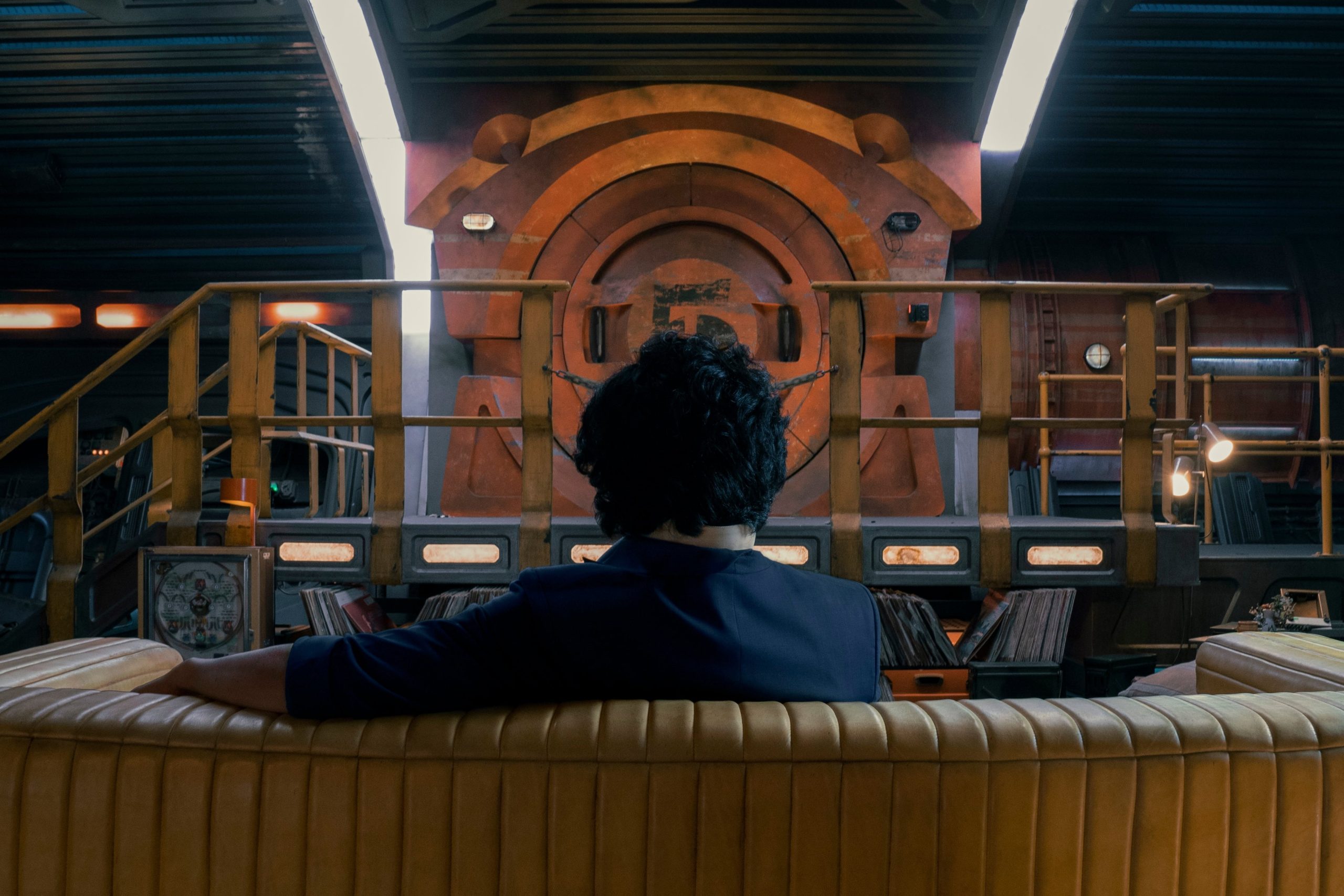Table of Contents Show
It’s more than fair to say that the announcement of any new live-action anime adaptation comes equipped with a spectrum of emotions that run the gauntlet from excitement and hesitant optimism to trepidation and outright scorn. The track record for these adaptations, movie or show, is about as mixed as things can get — for every Rurouni Kenshin (2012) and Alita: Battle Angel (2019), there’s a Dragonball Evolution (2009) and Ghost in the Shell (2017).
It should come as no surprise that following the announcement of the live-action Cowboy Bebop (2021) Netflix adaptation, reactions varied. But with the castings long since revealed, a trailer released, and the series set to air on Netflix come November 19th, people are buzzing. For better or for worse, the 2021 live-action Cowboy Bebop series charges full-steam ahead, and the trailer accompanying it leaves fans with plenty to chew on until then. So there’s plenty of time to get hyped for just how good things can go for the live-action adaptation and plenty of time to stew over just what can go wrong.
Bebop’s Origins
For those rusty on the original series or those just discovering it, Cowboy Bebop (1998) follows the lives of Spike Spiegel, Faye Valentine, Jet Black, Radical Edward, and Ein, the hyper-intelligent Welsh Corgi, as they hunt bounties in the year 2071 on the spaceship Bebop. While the series generally delivered stand-alone episodes across a 26-episode single season, a few overarching plotlines reared their heads now and again, following Jet’s former life as a police officer, Faye’s amnesic past following a fifty-year-long cryofreeze, and Spike’s past as a former member of the Red Dragon Crime Syndicate.
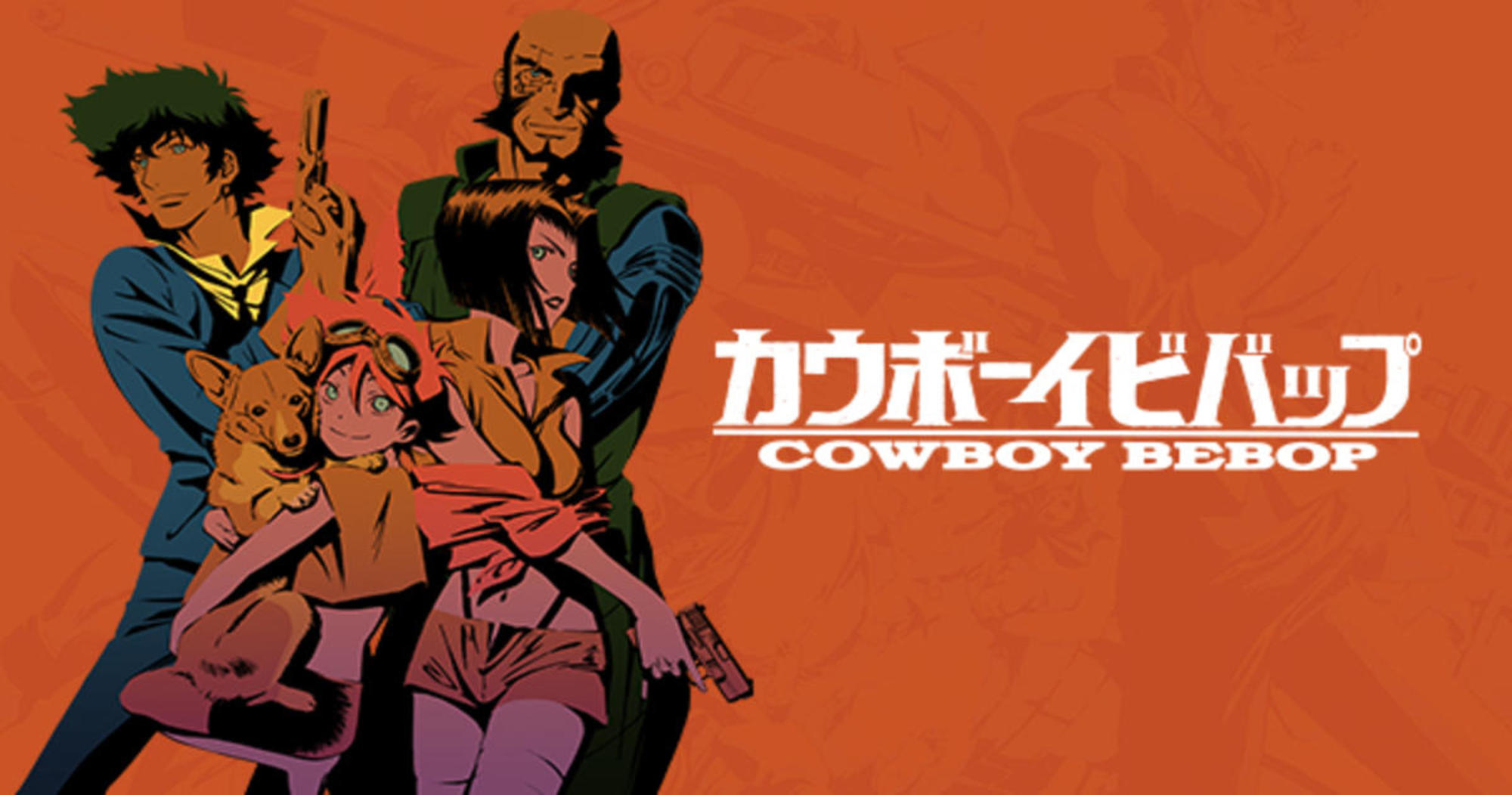
Cowboy Bebop. Hajime Yatate. 1998-1999.
Directed by Shinichirō Watanabe, produced by Studio Sunrise, musical score by composer Kono Yanno, and featuring screenwriting by Keiko Nobumoto, Cowboy Bebop still stands as one of the most well-received and critically-acclaimed anime series of all time (( Suskind, Alex. “Asteroid Blues: The Lasting Legacy of ‘Cowboy Bebop.’” The Atlantic, Atlantic Media Company, 17 Dec. 2014. )). Blending western, science fiction, and space opera influences, Cowboy Bebop managed to define itself as a “must-watch” not just for fans of anime, but as a form of media, period, primarily because of how the series went to great lengths to break untread ground. The transition card that signaled the halfway point in each episode featured a quote:
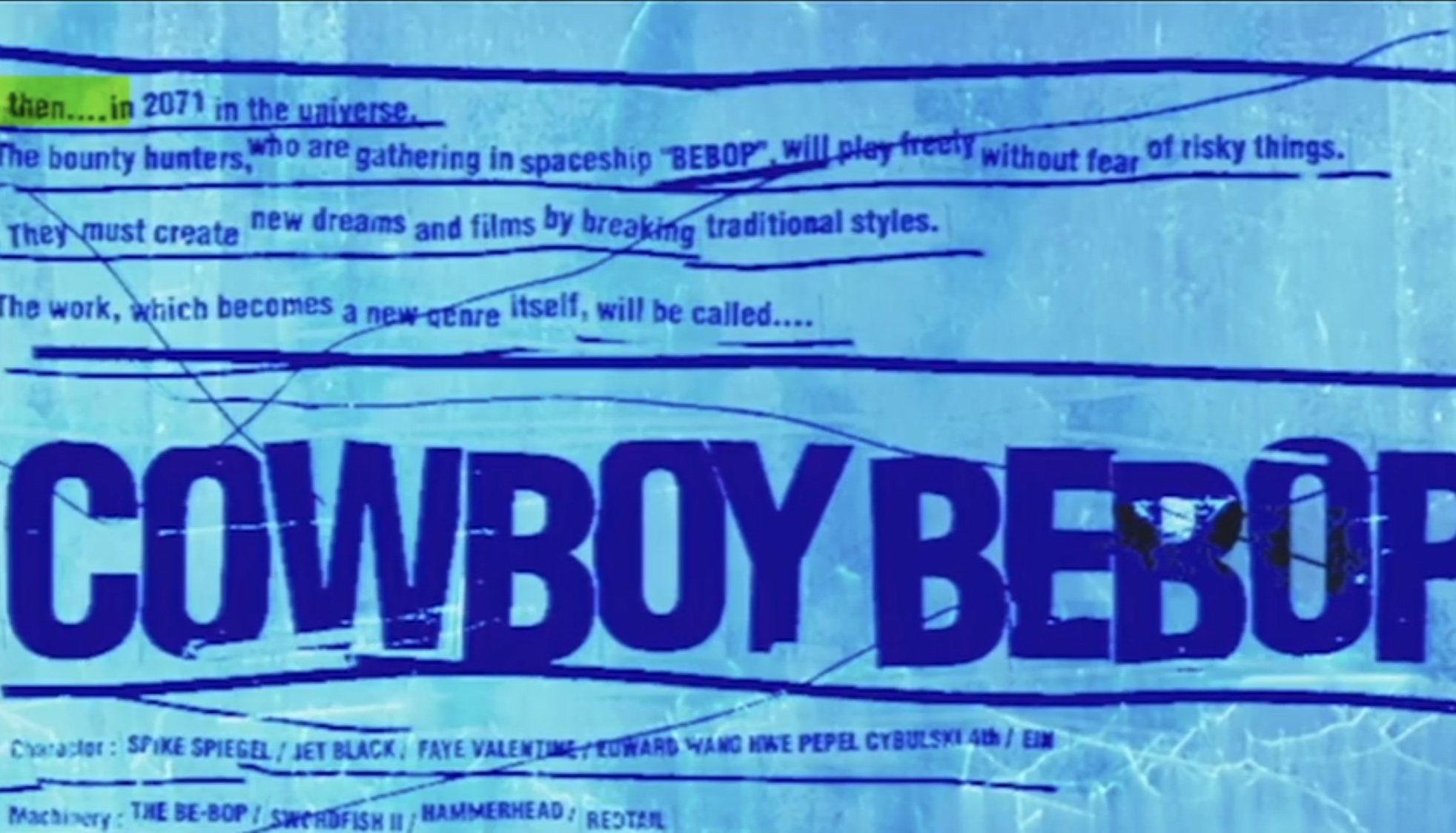
“The bounty hunters, who are gathering in the spaceship ‘BEBOP,’ will play freely without fear of risky things. They must create new dreams and films by breaking traditional styles. The work, which becomes a new genre itself, will be called… COWBOY BEBOP.”
Cowboy Bebop seemingly captured lightning in a bottle because of the boundaries it shattered and the way it defined itself, not by conforming to one genre or standard genre conventions, but by breaking through and playing with them. The series took risks that, considering the impact, it still has to this day, paid dividends.
The Risk Of Adaptations
Before looking at the upcoming adaptation, why, exactly, do some adaptations work, and why do some fail? Considering conclusions drawn from the Cowboy Bebop (2021) trailer and previous announcements concerning it, it’s only fair to look at why there are the reactions there are.
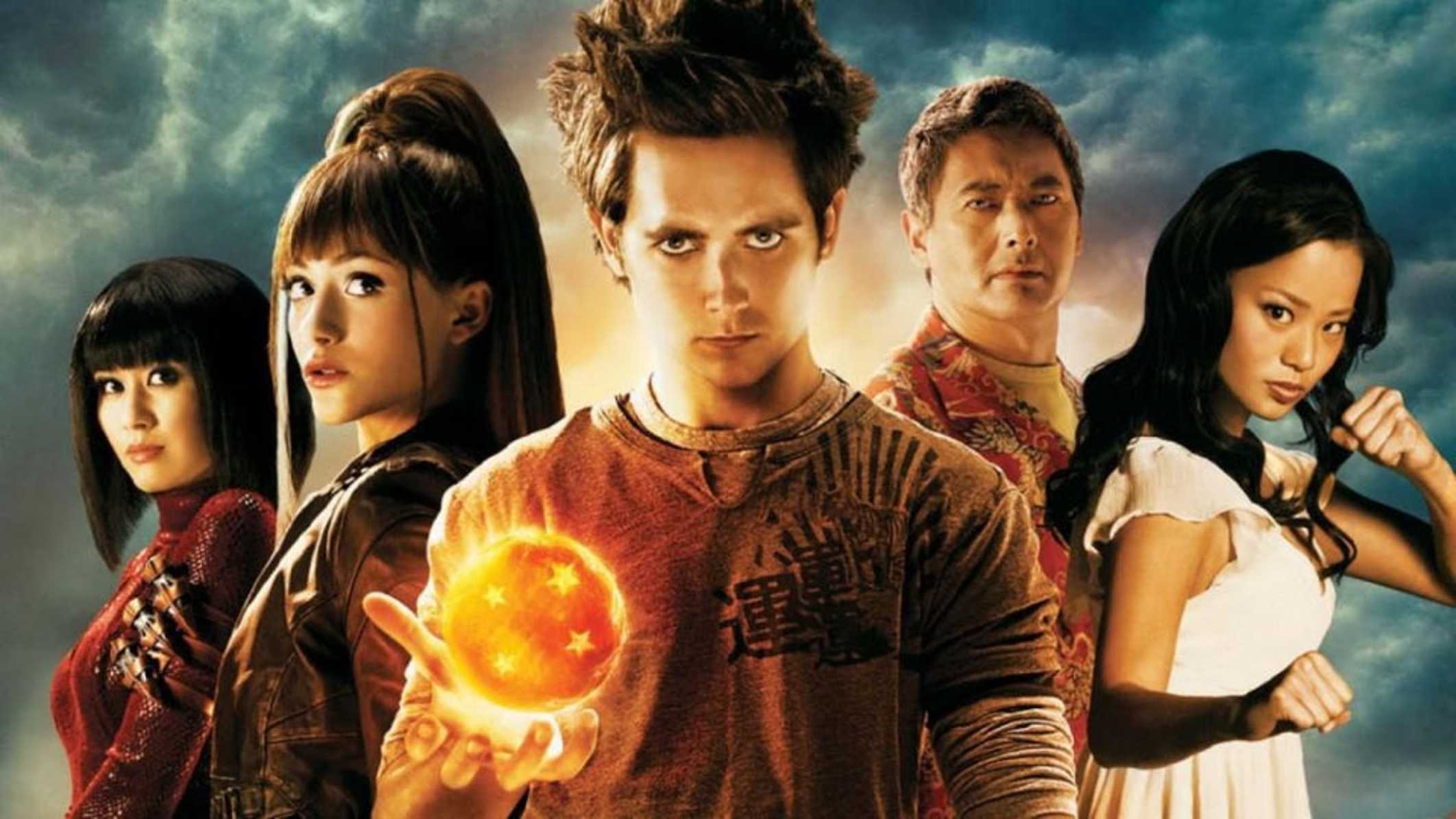
Unfortunately, this isn’t as easy as pinning down one glaring flaw or one exceptional decision — lots of things have to come together to make a piece of media good or bad, and a lot of it is plain subjective, but there are still a couple of definitive things that universally apply.
Visuals Matter…
Taking a medium like animation and converting it to live-action comes with a host of problems. The more outlandish and stylized the original work is compared to live-action, arguably the harder it is to translate into a grounded, realistic format (( Under The Scope, director. Why Live Action Anime Adaptations Fail. YouTube, 7 Oct. 2017. )). Animation offers escapism, a way to surround oneself in a completely different world separate from our reality. Characters are expressive, exaggerated, settings pushed outside the limits of CGI, and things otherwise unbelievable forced well into the realm of believability. It is much harder to look at an animated character and think about what other roles they’ve had, just like it’s harder to look at, say, an animated cat-and-mouse chase between two spaceships (( Ocbazghi, Emmanuel. “Why Hollywood Adaptations of Anime Movies Keep Flopping.” Business Insider, Business Insider, 10 Jan. 2019. )). Animation has a different life and energy that live-action has, and that’s not at all a bad thing, but it is different — different enough that when done wrong, it serves to amplify other issues.
…But Tone Matters More
More than visuals, though, if the tone of an adaptation doesn’t hit the mark, it’s unlikely anything else will. Oversimplified themes for the sake of runtime, breaking pre-established rules of the media in question, forgetting what makes the original product good or even sticking far too close to it, and forgoing the advantages live action brings to the table (( Under The Scope, director. Why Live Action Anime Adaptations Fail. YouTube, 7 Oct. 2017. )). Adaptations should be a way to explore more stories within the same media world, but if it forgoes the themes and complexities and atmosphere of the original, is it an adaptation or an imitation? Part of the reason the 2017 Death Note adaptation failed as drastically as it did was that it ignored a lot of what made the manga and anime so appealing — it stripped not just the characters of what made them, them, but it ignored why people read the manga in the first place.
Cowboy Bebop Round Two
So, with that out of the way, does Cowboy Bebop (2021) have a chance of breaking the chains holding back its predecessors? Emphatically, yes. Every bit of the trailer harkens back to Cowboy Bebop (1998) in a fantastic way. Not only does it call back to some of the most beloved Cowboy Bebop storylines, more importantly, Netflix tapped a fair few of some of the key players from the original series to make their mark on the live-action series. Hajime Yatate, a pseudonym for a collection of writers from Sunrise Studio responsible for the writing of the first series, is very likely working on the new series thanks to a partnership between Netflix and Sunrise (( Casserly, Martyn. “Netflix Is Launching a Live-Action Version of Cowboy Bebop This Fall!” Tech Advisor, 20 Oct. 2021. )). Additionally, composer Kono Yanno will be returning to score the adaptation, underscored well by the trailer’s use of Tank!, the anime’s opening, featuring the live-action cast interspersed in the visuals.
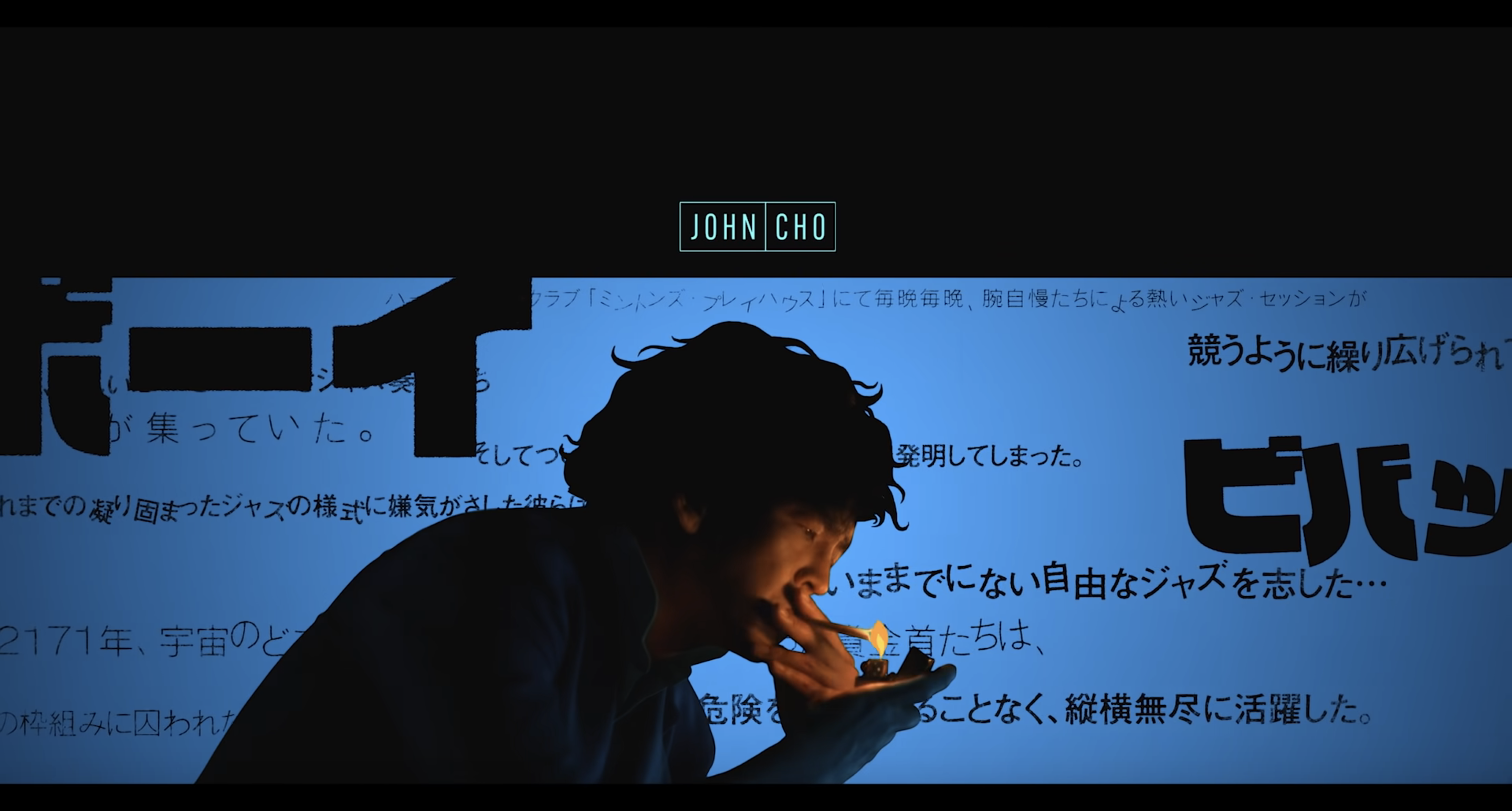
Speaking of — credit where credit is due, subjective as it is, the cast fits. Maybe it’s the rendition of Tank!, perhaps it is the way leaked pictures recreated some of the iconic scenes, but it’s clear that care was put into both casting and costuming. As a result, it looks like Cowboy Bebop in the flesh — a far, far cry from, say, the live-action movie adaptation of Dragon Ball Z that, quite frankly, is best left forgotten. Most promisingly, and perhaps most worrying depending on how it’s looked at, the live-action adaptation isn’t a movie — it’s a series, with the first chunk being released 19 Nov. only the first season.
Being a series, this gives the adaptation so much more to breathe and so, so much potential to avoid rewalking the same path the 1998 Cowboy Bebop already masterfully did. Showrunner André Nemec stated clearly that the live-action Bebop wouldn’t be a remake, but rather an expansion to a beloved and revered series:
“I believe we’ve done a really nice job of not violating the canon in any direction but merely offering some extra glimpses into the world that was already created… The anime did an amazing job. We don’t need to serve the exact same meal. I think it would have been disappointing if we did.”
(( Romano, Nick. “’Cowboy Bebop’ Boss Calls Live-Action Netflix Series an ‘Expansion to the Canon‘.” EW.com, 21 Sept. 2021. )).
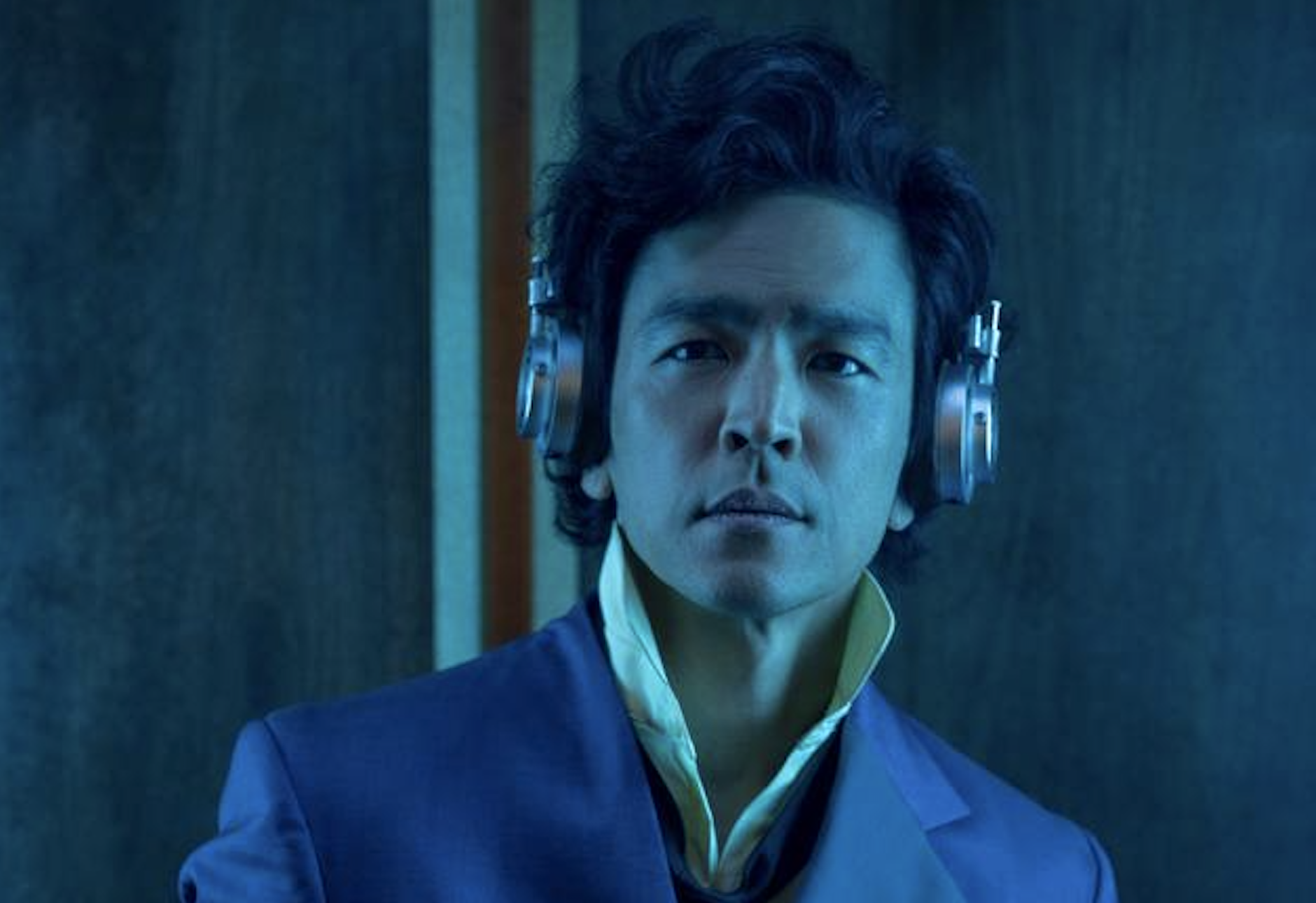
Some fans can take solace in that the trailer hints at some much-beloved additions from the 1998 series, however. Pierrot le Fou, who features in acclaimed episode 20 as an homage to DC’s The Killing Joke, gets a moment to shine in the trailer as well as the Teddy Bomber from episode 23. Accompanying them are Gren, a genderqueer anti-hero from episodes 12 and 13 who will feature as a reoccurring character played by nonbinary actor Mason Alexander Park, and Vicious, Spike’s former partner and rival from the Syndicate, played by Alex Hassell (( Nerdist, director. Cowboy Bebop Opening Credits Breakdown & Easter Eggs (Nerdist News w/ Kyle Anderson). Nerdist, 1 Oct. 2021. )). Others less thrilled about what the live-action series will bring can rest easy with the knowledge that no matter what, this series intends on standing next to, not on top of, Cowboy Bebop (1998).
Welcome, Space Cowboys
Understandably, people would be nervous about an adaptation of such a beloved series, especially with the current track record of live-action adaptations. Cowboy Bebop (1998) broke barriers and raised the bar significantly for the series that came after, so it’s no surprise that fans would hold the live-action version to the same standards. It’s hard not to feel excited with veterans of the original series coming back to work on the Netflix adaptation and the promise of seeing the Bebop crew back in action.
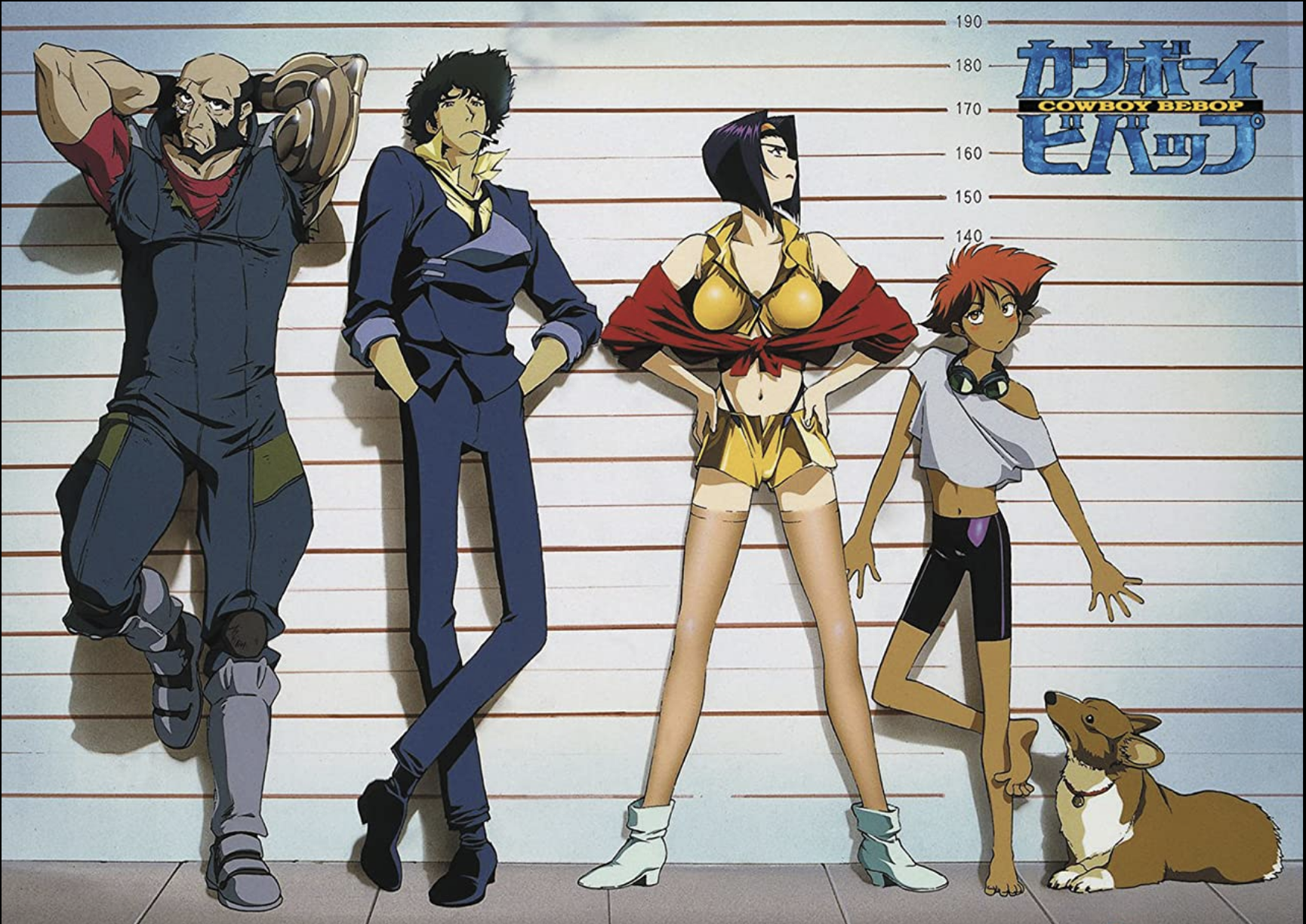
You only ever get one chance to see a series for the first time; one chance to get the full brunt of surprise, joy, sadness, anger that comes from seeing a brand new story unfold. The live-action adaptation allows old fans to see with fresh eyes the still far-off world of 2071, where bounty hunters roam the stars hunting outlaws, trying to outrun their pasts and old debts, eating bell peppers and beef without the beef while they drift between jobs. Fans get to see the characters they love change and grow all over again, maybe for the better, maybe for the worse, but assuredly different.
When Tank! plays again 19 Nov. on screens across the globe, it’ll be hard not to feel excited for the chance to experience the magic of Cowboy Bebop one more time, or for the first time at all. And hey, worse comes to worst, at least they didn’t CGI the dog.
